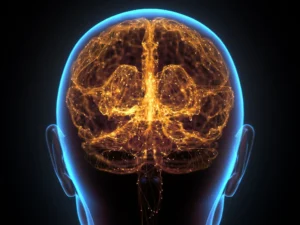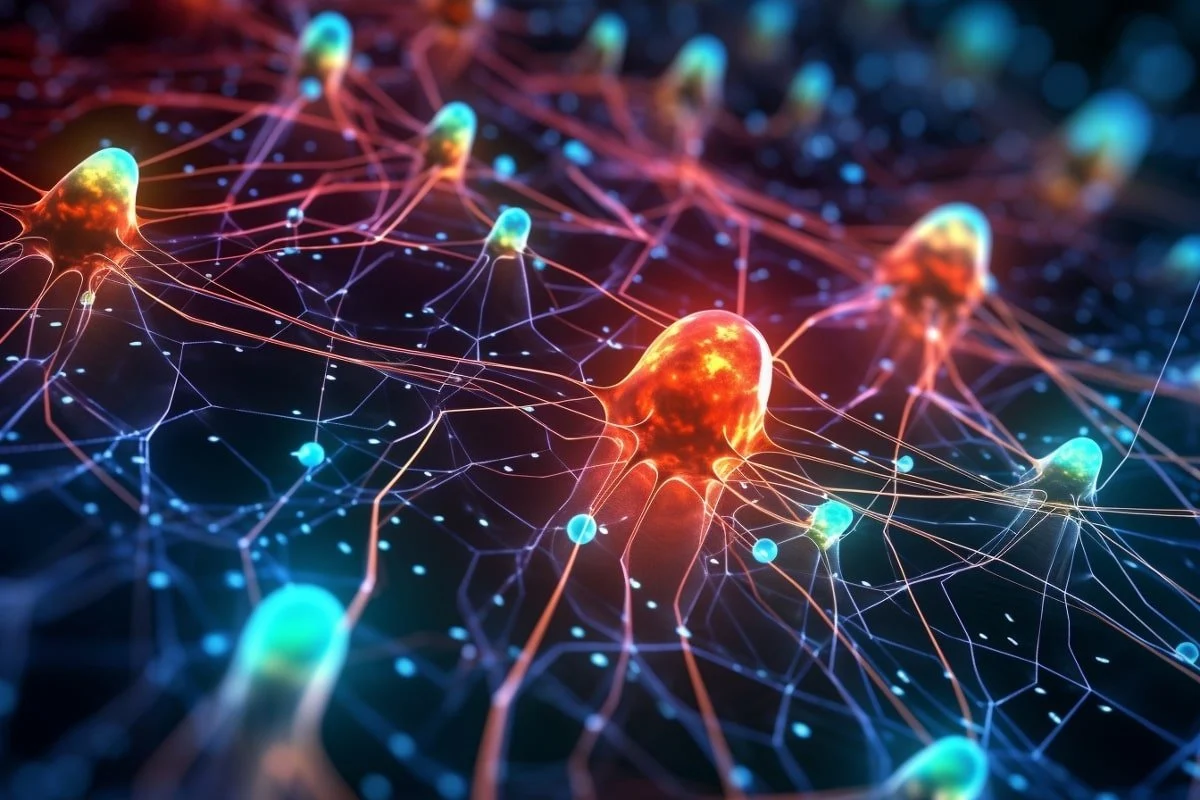The Intriguing World of Cytoelectric Coupling: Unveiling the Secrets of Cellular Communication
Cytoelectric Coupling
The intricate workings of the human body never cease to amaze us. From the rhythmic beating of our hearts to the firing of neurons in our brains, numerous biological processes rely on precise communication and coordination. One fascinating aspect of this cellular conversation is cytoelectric coupling. In this article, we will embark on a journey into the captivating world of cytoelectric coupling, exploring its mechanisms, significance, and wide-ranging applications.

Unveiling the Basics: Electric Fields in Biology
To comprehend the marvels of cytoelectric coupling, we must first understand the role of electric fields in biological systems. Electric fields arise from the presence of charged particles, particularly ions, within living organisms. These charged particles generate electrical potentials across cell membranes, giving rise to what we call membrane potentials. These potentials play a crucial role in cellular communication and signaling.
The Cell Membrane: Gateway to Electrical Interface
At the heart of cytoelectric coupling lies the cell membrane, a complex structure that serves as the interface between the external environment and the internal workings of a cell. The cell membrane is equipped with a range of ion channels, which act as gatekeepers for the movement of ions in and out of the cell. These ion channels, along with ion pumps and transporters, regulate the balance of ions and contribute to the generation and maintenance of electric fields crucial for cellular function.
Exploring the Mechanisms of Cytoelectric Coupling
Excitable Cells and Action Potentials
Certain cells in our bodies, known as excitable cells, possess the extraordinary ability to generate and propagate electrical signals called action potentials. Neurons and muscle cells are prime examples of excitable cells. Action potentials serve as a means of rapid communication within the nervous system and play a vital role in muscle contraction. The initiation and propagation of action potentials rely on voltage-gated ion channels, which respond to changes in membrane potential.
Gap Junctions: Bridging the Electrical Divide
In addition to action potentials, cytoelectric coupling also involves the exchange of electrical signals between neighboring cells. Gap junctions, specialized channels between adjacent cells, facilitate direct electrical communication by allowing ions to pass freely between the cells. This electrical synapse enables the synchronization of cellular activities and plays a crucial role in coordinating the functions of cells within tissues and organs.
Electrochemical Signaling: A Complex Orchestra
Beyond action potentials and gap junctions, cytoelectric coupling encompasses a broader range of electrochemical signaling pathways. Ion channels and receptors on cell membranes participate in the reception and transduction of electrical signals. These signals can trigger various cellular responses through second messengers, which act as intermediaries in relaying the message from the cell surface to the nucleus.
The Significance and Diverse Applications of Cytoelectric Coupling
Nervous System Function: Orchestrating Our Thoughts
Cytoelectric coupling plays a pivotal role in the functioning of our nervous system. The transmission of electrical signals, both within and between neurons, allows for rapid communication and information processing. The synchronization of neuronal networks enables us to think, perceive, and coordinate complex movements.
Cardiac Electrophysiology: The Rhythm of Life
The heart, with its steady rhythm, owes its beating to cytoelectric coupling. Specialized cardiac muscle cells possess an intricate network of gap junctions, allowing electrical signals to propagate seamlessly through the heart. The coordinated contraction of cardiac muscle cells, regulated by precise electrical signaling, maintains the vital rhythm that sustains our lives.
From Regeneration to Development: Bioelectricity at Work
Cytoelectric coupling even extends its influence to the realms of tissue regeneration and development. Electric fields are known to guide the migration of cells during wound healing and tissue regeneration processes. Similarly, during embryonic development, electric fields contribute to cell movements and the establishment of tissue patterning. Researchers are exploring the potential applications of cytoelectric coupling in regenerative medicine, aiming to harness these electrical cues to enhance healing and tissue repair.
Conclusion: Unraveling the Wonders Within
Cytoelectric coupling is an enthralling field of study, unraveling the secrets of cellular communication and coordination. Through the interplay of electric fields, ion channels, gap junctions, and electrochemical signaling, cells orchestrate complex processes that define our existence. By delving into the mechanisms and applications of cytoelectric coupling, we gain profound insights into the inner workings of our bodies and pave the way for future discoveries and advancements in various scientific disciplines.
So, the next time you marvel at the symphony of life unfolding within you, remember the fascinating world of cytoelectric coupling that orchestrates the dance of cells, ensuring harmony and coherence in the intricate tapestry of life.


